In 133 BC, Tiberius Gracchus addressed the Roman people with a radical land reform plan—an act of political defiance that ignited a crisis in the Republic and laid the groundwork for future upheavals.
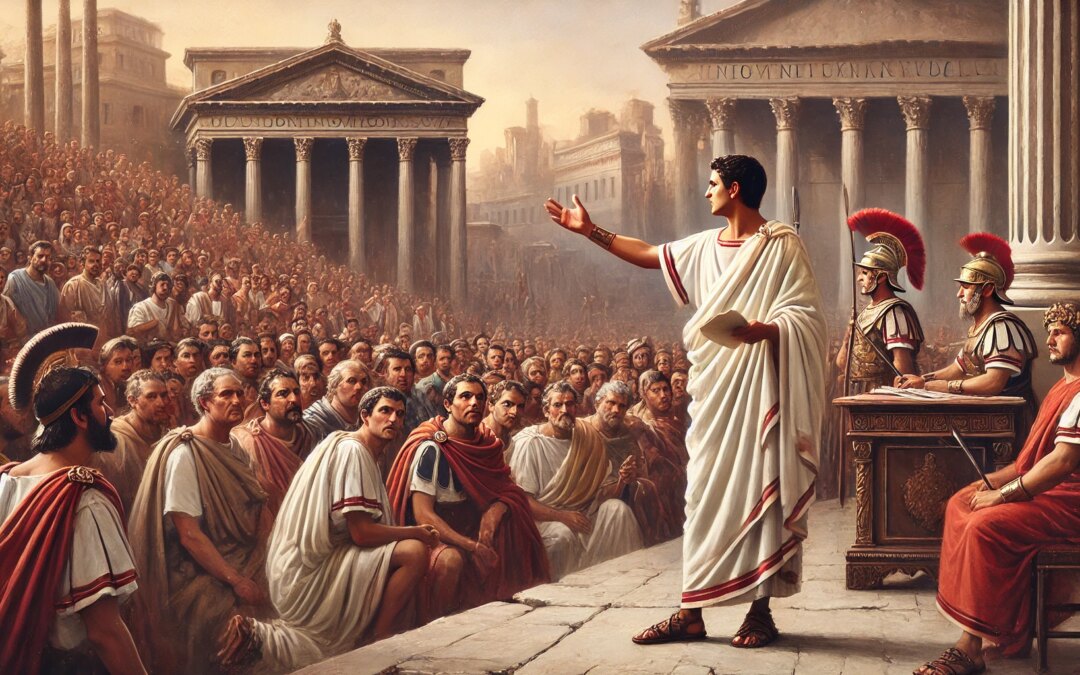

In 133 BC, Tiberius Gracchus addressed the Roman people with a radical land reform plan—an act of political defiance that ignited a crisis in the Republic and laid the groundwork for future upheavals.
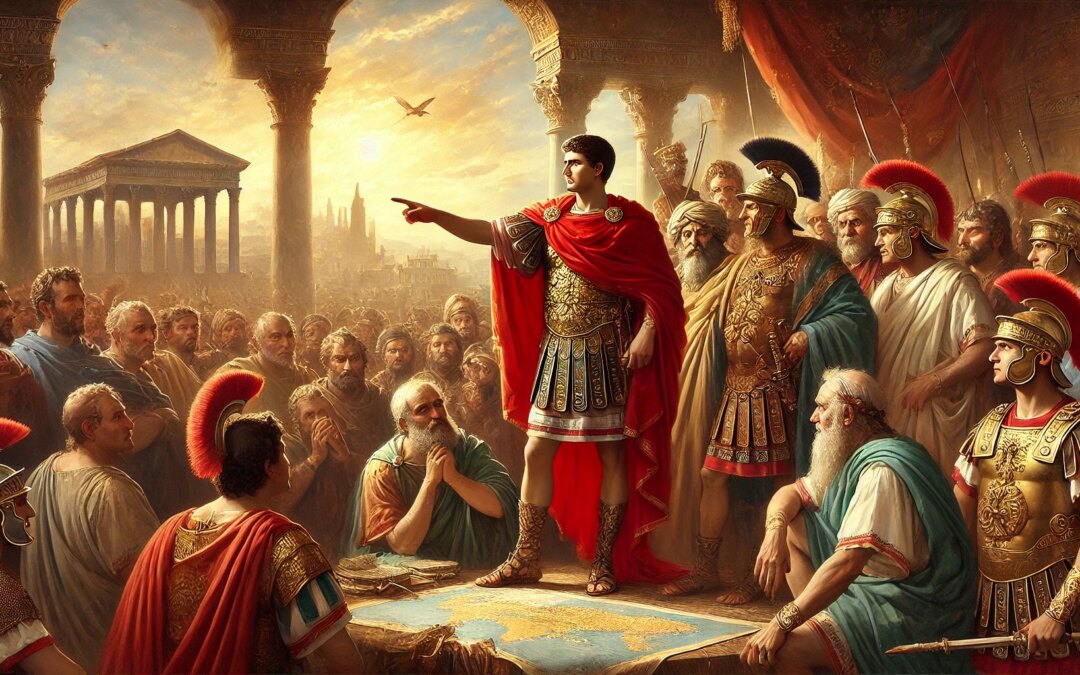
In 64 BC, Pompey the Great restructured Rome’s eastern provinces following sweeping military victories—an act that expanded Roman influence and reshaped the geopolitical landscape for generations.
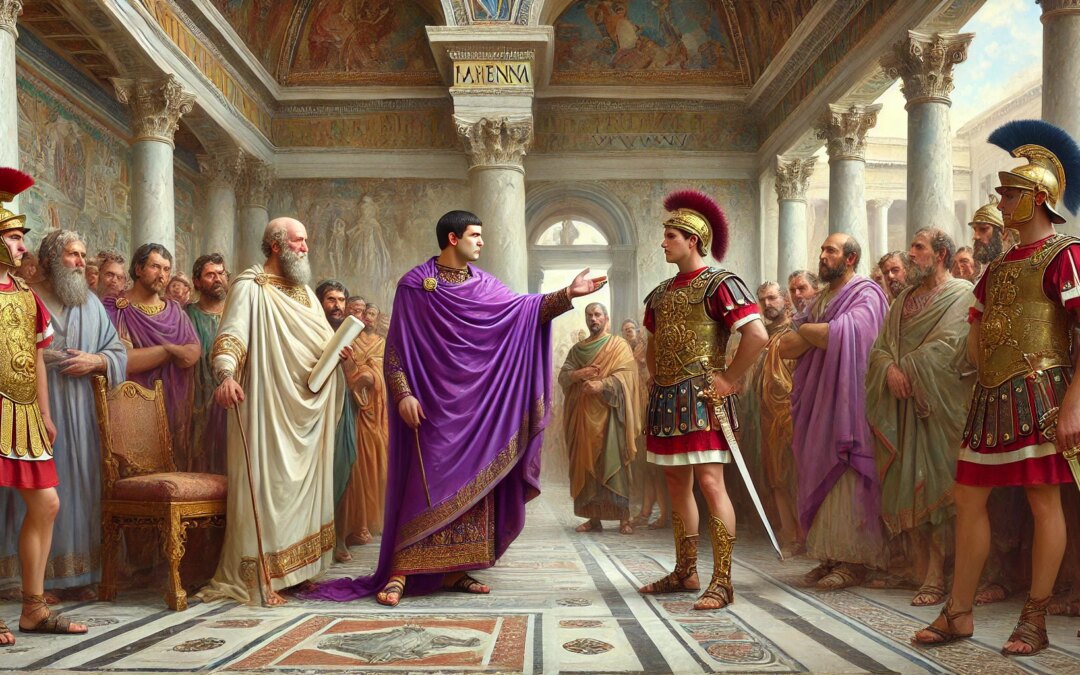
In 440 AD, Emperor Valentinian III and General Flavius Aetius shaped the fate of the crumbling Western Roman Empire through a delicate balance of power, diplomacy, and military leadership.
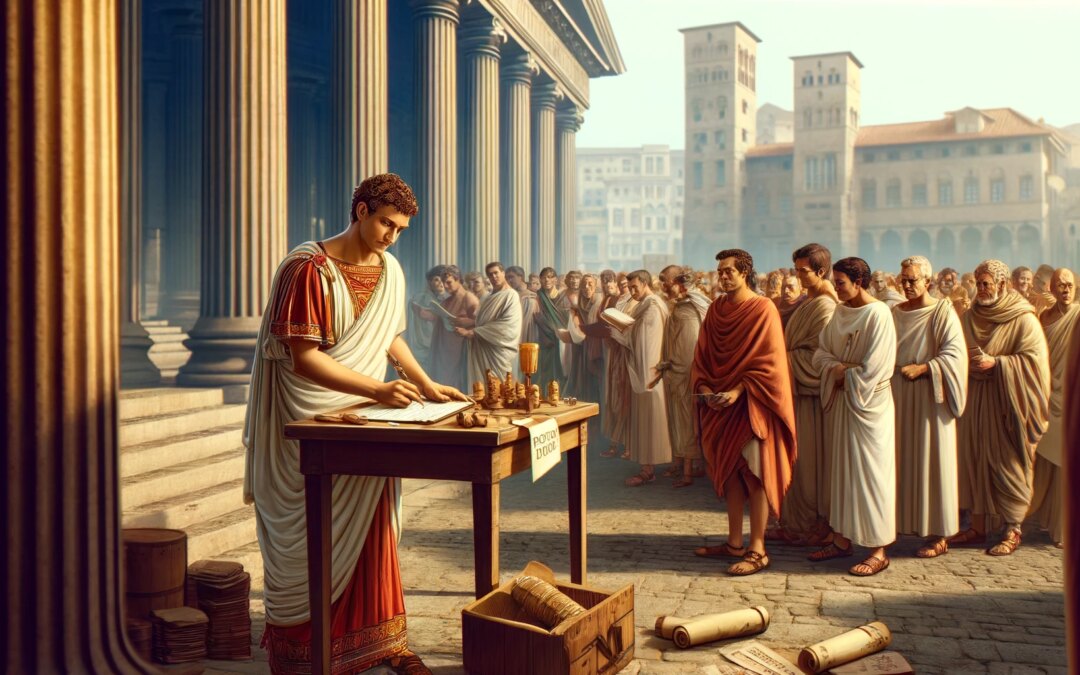
Witness the importance of the Roman census in the 1st century AD—how it shaped taxation, citizenship, and the structure of imperial society.
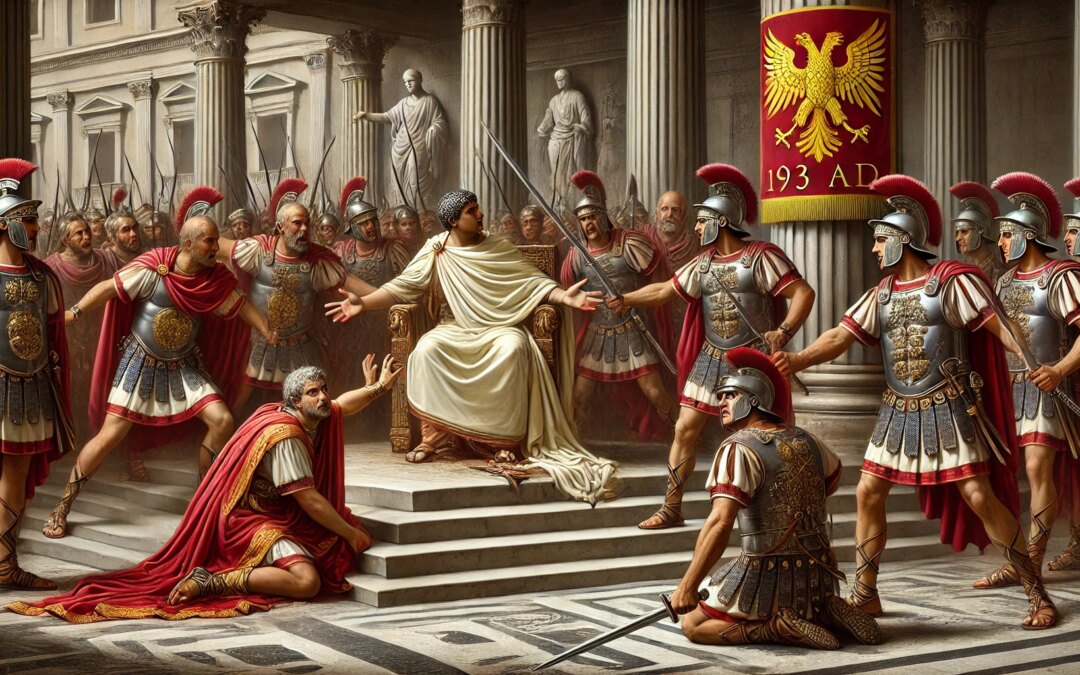
In 193 AD, Emperor Pertinax was assassinated by the Praetorian Guard—an event that exposed the fragility of imperial power in Rome.
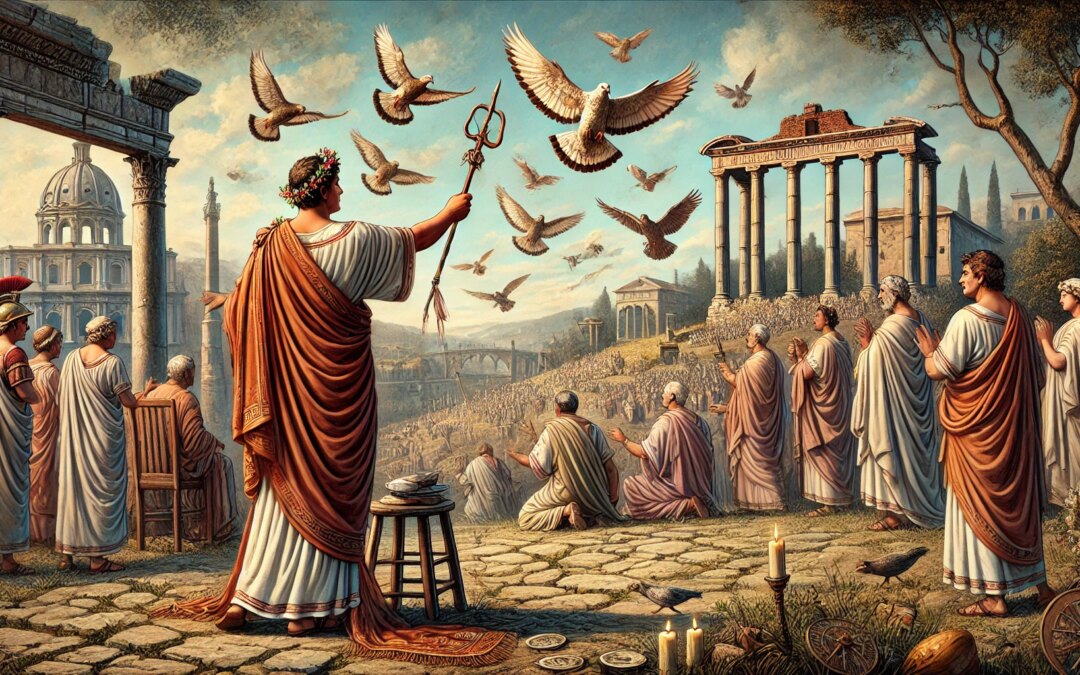
Roman augurs interpreted the flight of birds to guide political and military decisions—linking nature, religion, and state power in ancient Rome.

In the 12th century, the Commune of Rome challenged papal authority, reviving the Roman Senate and reshaping medieval governance in the Eternal City.
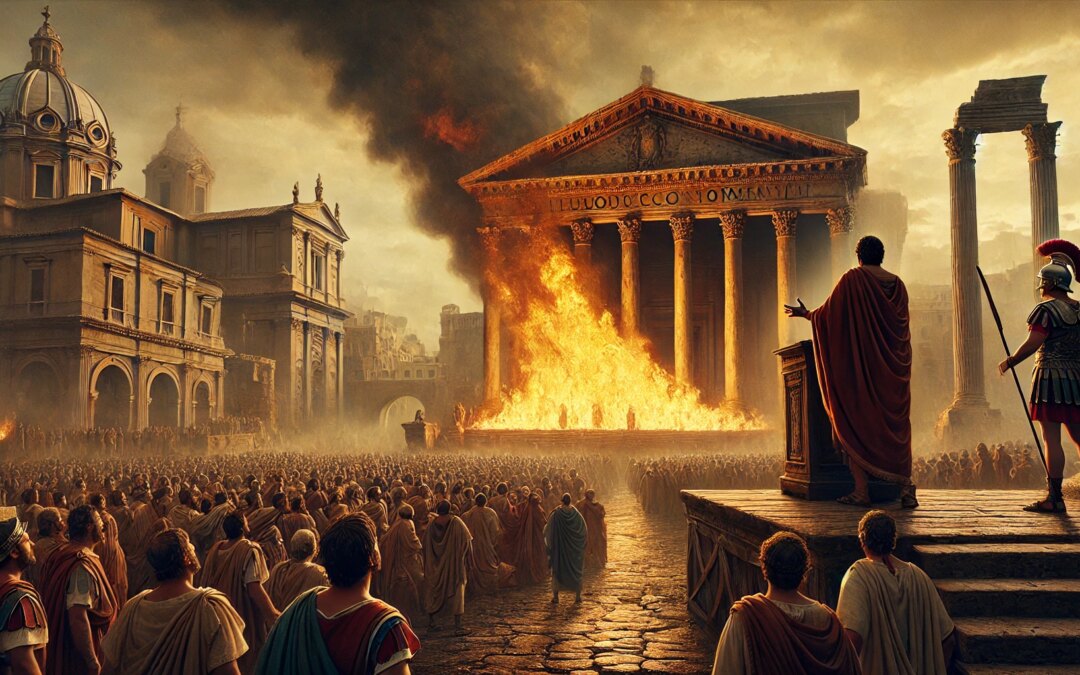
In 44 BCE, Marc Antony’s speech at Julius Caesar’s funeral ignited public fury, setting the stage for Rome’s transformation from Republic to Empire.
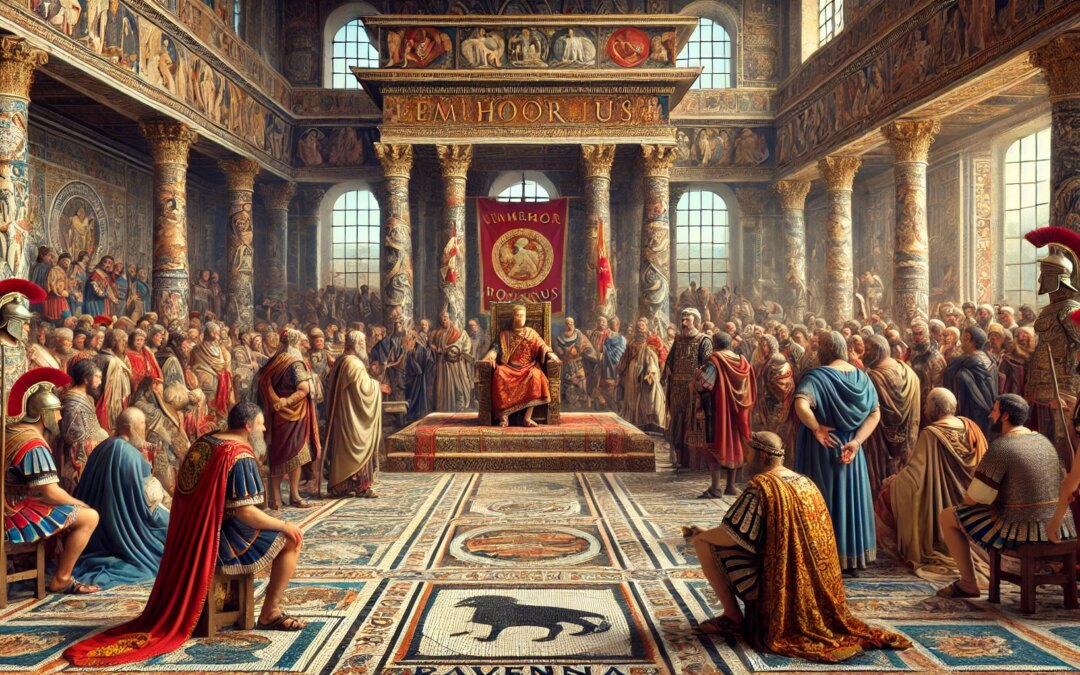
In the early 5th century, Emperor Honorius ruled from Ravenna as the Western Roman Empire faced growing instability and external threats.

The assassination of Emperor Galba in 69 CE marked the beginning of Rome’s chaotic Year of the Four Emperors, plunging the empire into turmoil.